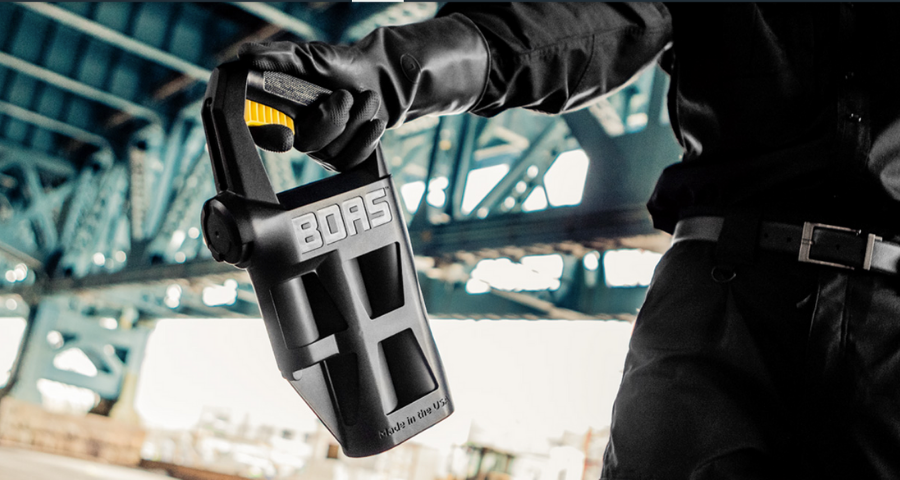
Training is a key component of any type of disaster response, including contamination threats. Responders need to know how to use both the equipment and the decontamination chemicals before deploying their skills in the field. Of course, training scenarios don’t use real chemical or biological contaminants, so it’s not necessary to use the actual decontamination chemicals when learning and practicing.
The Decon7’s BDAS+ Training Unit Case is designed to give trainees a hands-on experience in the BDAS+ individual rapid response system without wasting any product.
The BDAS+ Training Unit Case
The three-part case keeps the chemicals separated until they are applied in the field. While the traditional BDAS+ is filled with active chemicals in each canister that mix in-stream, the training unit uses training foam in each canister. The product is ready to go at a moment’s notice because it can be safely stored in the applicator in its separate parts.
The foam applicator mixes the chemicals as they are sprayed and minimizes risk to the responder by allowing them to maintain distance from the threat. Active chemicals or training foam is propelled using bag-on-valve technology pressurized with hydrogen to provide a continuous stream of product for 35 to 40 seconds.
Training Foam
With the BDAS+ Training Unit Case, training foam is used in lieu of active chemicals, so trainees can learn how to uniformly apply the product with the same equipment they would use in the field.
The ethanol-based foam behaves in the same way as an active chemical, misting or spraying depending on the valve setting, and clinging to surfaces so trainees can see where the product has been applied. It’s 90 percent biodegradable and safe to use in a training environment, allowing responders to become familiar with the equipment and chemicals without wasting product.
If requested, on-site training can be provided so trainers can learn to teach others how to use the device.
Benefits of the BDAS+ Training Unit Case
With equipment that matches the systems they would use in a real situation, responders can safely test and practice with the BDAS+ Training Unit Case and training foam. The product comes ready to use. Trainees just need to remove the safety, aim, and squeeze the trigger. When applied in a sweeping motion, the foam clings to all surface areas to ensure that the threat is mitigated.
The training foam can be applied to multiple types of surfaces, just like an active chemical, with minimal risk of corrosion or damage to materials. For training purposes, minimum PPE is required—just eye protection, gloves, NIOSH-approved respiratory protection. However, many teams practice in the gear they would use during a real threat. The small, lightweight equipment is rugged and portable, so trainees get a feel for what it’s like to carry it while wearing the required protective gear.
When on the mist setting, the product can be applied 10 to 18 inches away from surfaces. On the direct stream setting, the spray distance is up to 15 feet, which allows responders to stay farther away from the threat. Like the equipment that would be used during a real event, the training unit can be isolated and disposed of to prevent cross-contamination. All new units always have the right mix of the three-part systems, so responders can simply grab them as part of their kit.
Choose Decon7 for Your Decontamination Needs
When reacting in an emergency, responders need gear and products they can trust. Developed at Sandia National Laboratory for the defense industry, Decon7’s products neutralize toxic chemicals and harmful pathogens. The product is safe to apply with minimal PPE and has low toxicity and corrosivity properties.
To learn more about the Decon7 product lines and equipment for biological and chemical decontamination in a range of industries, download our free Product Overview Guide today.

